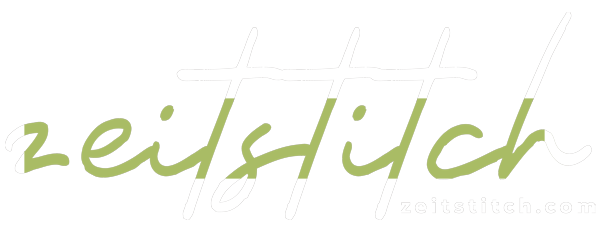Mastering SEO for Your T-Shirt POD Store: A Beginner-Friendly Guide

Why SEO Matters for POD Stores
Step 1: Choose the Right Keywords
Keywords are the foundation of SEO. They are the words people type into search engines. For your POD T-shirt business, think like your customers. Are they searching for:
- “Custom dog lover T-shirt”
- “Minimalist graphic tee”
- “90s retro T-shirt”
- “Oversized streetwear T-shirt”
Use free tools like Google Keyword Planner or Ubersuggest to find search terms with good traffic but not too much competition. Focus on long-tail keywords (3–5 words). For example, ranking for “funny cat T-shirt” is easier and more profitable than just “T-shirt.”
Step 2: Optimize Your Product Pages
Each product page on your POD store should be SEO-friendly. Here’s how:
- Title: Include your main keyword. Example: “Funny Cat Lover T-Shirt – Unisex Graphic Tee.”
- Description: Write clear, benefit-driven descriptions. Don’t just say “100% cotton.” Instead: “This funny cat T-shirt is made from soft cotton, perfect for everyday wear, and designed for cat lovers who want to express their personality.”
- Images: Use high-quality mockups and add descriptive alt text like “woman wearing funny cat graphic T-shirt.”
- URL: Keep it clean, e.g.,
www.zeitstitch.com/funny-cat-tshirt
This way, both Google and your customers understand what the product is about.
Step 3: Build Content Around Your Store
SEO isn’t just about product pages. Blogging is one of the most powerful tools to attract traffic. Write helpful content that matches what your audience is searching for. Examples:
- Style guides: “How to Style Oversized T-Shirts for Any Occasion”
- Trend posts: “Top 10 Graphic Tee Trends in 2025”
- Gift guides: “Best T-Shirts for Father’s Day 2025”
- Educational content: “Why Organic Cotton T-Shirts Are Worth It”
Each article can target different keywords and link back to your products, bringing in new visitors who are already interested in T-shirts.

Step 4: Improve Website Speed and Mobile Experience
Google ranks websites higher if they load fast and are mobile-friendly. Since many customers shop from their phones, this is critical. Tips:
- Use a clean theme with minimal clutter.
- Compress images so they load quickly.
- Test your site on mobile and ensure buttons, menus, and checkout flow are smooth.
Platforms like ZeitStitch are designed to help with POD fulfillment, but you should also make sure your storefront (Shopify, WooCommerce, etc.) is optimized for speed.
Step 5: Build Backlinks
Backlinks are links from other websites pointing to yours. They tell Google your store is trustworthy. Some beginner-friendly ways to get backlinks:
- Collaborations: Partner with influencers or bloggers in fashion and lifestyle.
- Guest posts: Write articles for related blogs with a link back to your store.
- Directories: Submit your store to online business directories.
- Social sharing: While social links don’t count as strong backlinks, they still bring visibility.
Even a few good backlinks can boost your rankings significantly.
Step 6: Track and Improve

SEO might seem overwhelming at first, but when you break it down into simple steps—keywords, product optimization, content creation, speed, backlinks, and tracking—it becomes manageable. The key is consistency. Even if you publish one blog post every two weeks and update your product pages regularly, your store will start to see steady traffic growth.
At ZeitStitch, we believe great T-shirt designs deserve to be discovered. With smart SEO strategies, your store can grow beyond ads and build a sustainable flow of customers who love your brand.
